It looks like you're using an Ad Blocker.
Please white-list or disable AboveTopSecret.com in your ad-blocking tool.
Thank you.
Some features of ATS will be disabled while you continue to use an ad-blocker.
"Alien Artifacts on the Moon?" - Forbes Article Points to New Credible Crowdsourced Search for ET
page: 1share:
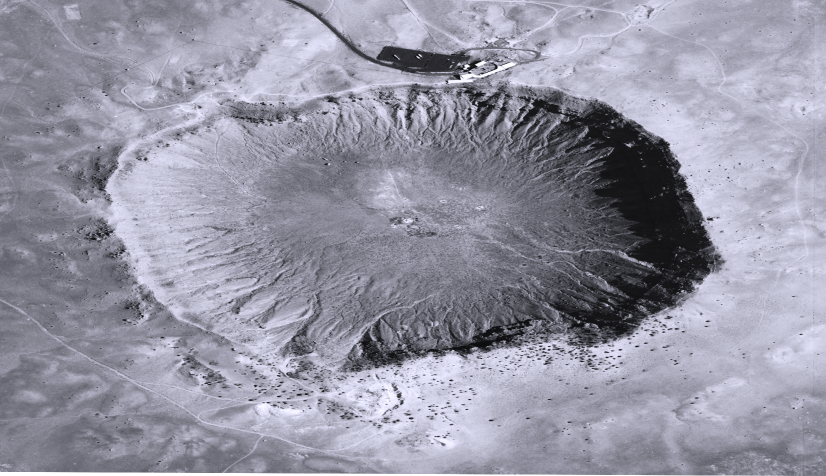
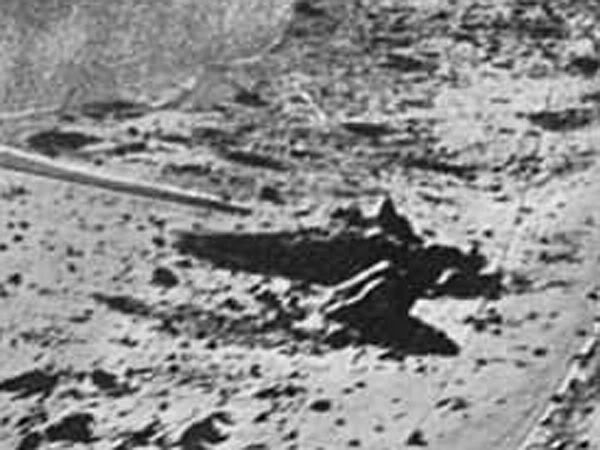
I came across this article the other day and since it crosses both my world (Astrobiology) and the people like Arken who look for "anomalies" I thought it perfect for Above Top Secret. I've pointed out Dr Paul Davies and his championing this idea for crowdsourcing a search for ET artifacts (junk) on the moon on ATS in the past.
FORBES: Alien Artifacts on the Moon? Here are some excerpts:
As nutty as it may seem to the uninitiated, the notion of looking for alien artifacts on our own Moon may finally be gaining mainstream scientific traction.
There are good reasons to seriously consider the possibility that at some point in the Earth-Moon system’s storied 4.5 billion year-old history, an alien intelligence may have passed through our solar system; leaving physical artifacts of their visits.
These artifacts would likely entail more than just alien space trash, and would arguably include evidence of alien scientific or industrial activity, such as extremely advanced lunar mining, energy generation; even technology related to lunar nearside Earth reconnaissance.
Or so says Paul Davies, a longtime SETI (Search for Extraterrestial Intelligence) researcher, physicist, and now Director of the Beyond Center at Arizona State University in Tempe.
This is not a new idea from Davies, he has been championing it since around 2011 but it is getting more attention lately as an an alternative SETI search strategy.
Continuing....
At least one related paper on the subject is due to presented at the September meeting of the UK SETI Research Network, a group of mainstream British academicians. But even a decade ago, talk of alien lunar artifacts was mostly beyond the ken of anything remotely resembling the mainstream astronomical community.
With the success of crowdsourcing, citizen science initiatives such as SETI@home; Einstein@home; and Cosmology@home however, Davies and a handful of other serious scientific researchers are now advocating marrying crowdsourcing analysis with the images now being catalogued by NASA’s Lunar Reconnaissance Orbiter (LRO).
Since 2009, LRO has been measuring lunar landforms down to half meter resolution; in the process targeting more than 10,000 lunar sites and covering up to 90 percent of the lunar surface. The mission’s current success has resulted in a treasure trove of thousands of very high resolution images, almost all of which could be searched via an citizen science initiative.
Davies thinks the ideal lunar survey would not only include a search for optical anomalies but would go beyond the breadth of LRO’s own mission to include searches for evidence of alien lunar industrial activity.
“[Evidence of past] mining or quarrying could show up in gravimetry or magnetic surveys, even if an ancient mine was buried under the lunar regolith,” said Davies. “We could detect [alien] nuclear waste perhaps from a lunar satellite by looking for localized gamma ray sources from the lunar surface.”
A crowdsource lunar image analysis initiative might use Tomnod-type search software in the same way that volunteers were recruited to search satellite imaging for the missing Malaysian 777.
Davies says at some stage any search needs to be automated and use state-of-the-art software.
“In searching for artifacts, one is looking for ‘something fishy’,” said Davies. “But ‘fishiness’ requires a human decision in advance about a signature of artificiality. There are some simple examples, like right angle edges. But we have little idea what million year-old technology might look like.”
Yet Andrew Siemion, a research astronomer at the University of California at Berkeley, says citizen science projects involving image analysis are relatively straightforward to set up.
“Professional astronomers sometimes suffer from the tendency to discount anything other than our expected signal as instrumental noise or some kind of interference,” said Siemion. “When identifying the unexpected, the eye of an amateur citizen scientist can be just as effective, if not more so, than that of a conditioned professional.”
Volunteers sifting through images as part of a crowdsourcing effort, could make their efforts dual purpose. That is, they might look for orange pyroclastic rocks or even residual vulcanism at the same time they would look for artificial anomalies.
Davies says a search for lunar artifacts should be combined with a search for unusual geological features. However improbable, Davies says planetary scientists need to keep their eyes open for non-random anomalies; even ones on the moon and scrutinize their respective databases to “keep an eye out” for putative signatures of alien technology.
So there you have it anomalies people! Your efforts may not be in vain after all and legitimate scientists are interested in you helping them look at LRO imagery.
So when might such artifacts have been left?
A 1995 academic paper by Ukrainian radio astronomer Alexey Arkhipov argues that only artifacts larger than one meter in size would be found on the lunar surface; with objects smaller than that buried by meters of regolith due to the lunar surface’s continual bombardment by micrometeorites.
Even so, Davies says, the moon is an attractive environment to search for artifacts because they would be preserved for much longer than on Earth (or Mars ). “On Earth, human artifacts get buried in centuries,” said Davies. “On the Moon it takes millions or tens of millions of years.”
However, Davies thinks the case for jettisoned material or junk is stronger than a gadget deliberately left for what might be an unknown and truly immense duration.
Arkhipov argued that the peak of the southern wall of the moon’s nearside crater “Malapert” would make a logical site for alien reconnaissance of Earth, since our planet can always be seen from there.
“Given that the moon is a big place, it pays to narrow the search by such educated guesses,” said Davies. “Lunar lava tubes would preserve artifacts and also provide an attractive location for equipment to be shielded from ultraviolet radiation and meteorites.”
When would alien probes have first arrived in our solar system?
Because Earth is only about a third of the age of the universe, habitable planets in the galaxy could thus have emerged at least 8 billion years ago, says Davies. So, he notes it’s likely that if alien technology ever entered our solar system, it happened a long time ago. Assuming that the number of technological extraterrestrial civilizations remain uniform over time, then Davies says it’s still arguable that our solar system has been visited at least once during that 8 billion year timeframe.
Thus, Davies reasons that the average expectation for a visit is of the order 4 billion years ago and later. But he says even a 100 million years ago is optimistically the most recent timeframe for their arrival. And to think they’ve been here since the dawn of recorded human civilization, he says, would be pretty much a statistical impossibility.
However you cut the numbers, says Davies, you would not expect “recent” visits.
In any event, Davies doesn’t expect that there have been any visits by flesh and blood entities and if there were, he reckons they would have moved on.
edit on 29-7-2014 by JadeStar because: (no reason given)
It still surprises me that we have to suffer with fuzzy images with bad definition, yet we can build telescopes that can see other galaxies
perfectly.
Why is it so hard to get some clear close ups of somthing only hundreds of thousands of miles away?!
Why is it so hard to get some clear close ups of somthing only hundreds of thousands of miles away?!
a reply to: JadeStar
there are so many of these kind of postings but i have yet to see anything other than rocks .
go outside and stare at the clouds , you will see all sorts of shapes that could resemble anything you mind wants to see
.
i am not saying that there is nothing to see on the moon but until there are some clear pictures that show anything other than rocks i will reserve my judgment
there are so many of these kind of postings but i have yet to see anything other than rocks .
go outside and stare at the clouds , you will see all sorts of shapes that could resemble anything you mind wants to see
.
i am not saying that there is nothing to see on the moon but until there are some clear pictures that show anything other than rocks i will reserve my judgment
The LRO Narrow Angle Camera (NAC) imagery is amazing detailed with images with resolutions of up to of 50 centimeters per pixel.
It's basically a small telescope on a spacecraft orbiting the moon:
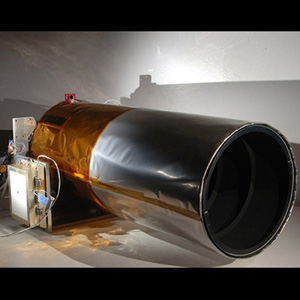
Learn more and get your own search for ET on here:
lroc.sese.asu.edu...
BTW: If you find anything let me know and I'll flag it.
I'm doing a summer workstudy at NASA Ames very soon:
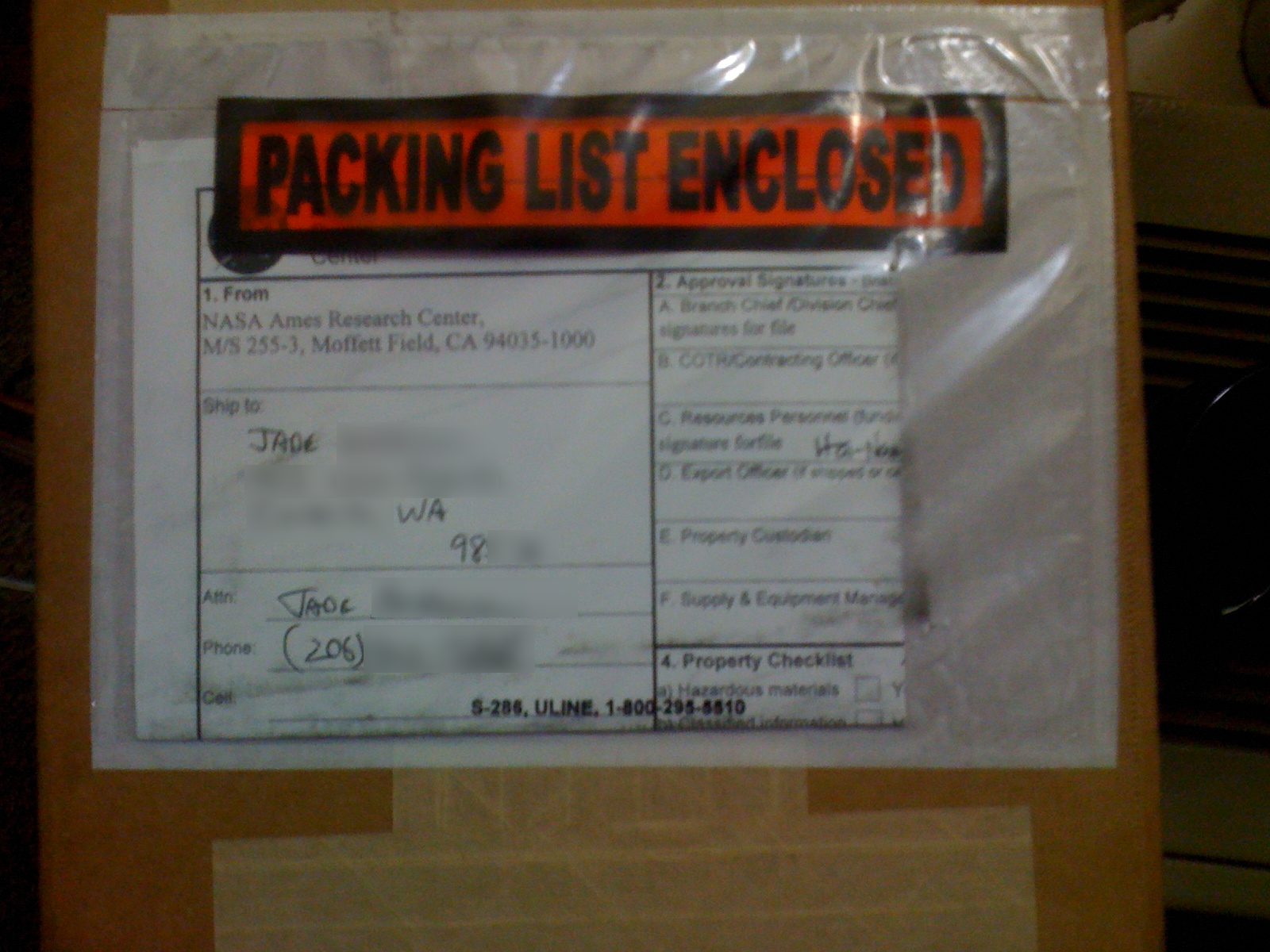
It's basically a small telescope on a spacecraft orbiting the moon:

Learn more and get your own search for ET on here:
lroc.sese.asu.edu...
BTW: If you find anything let me know and I'll flag it.
I'm doing a summer workstudy at NASA Ames very soon:

edit on 29-7-2014 by JadeStar because: (no reason given)
originally posted by: tom.farnhill
a reply to: JadeStar
there are so many of these kind of postings but i have yet to see anything other than rocks .
I agree.
go outside and stare at the clouds , you will see all sorts of shapes that could resemble anything you mind wants to see
.
Exactly.
However think of it this way: The human brain is a biological computer which has evolved over 100,000 years to recognize patterns.
Our 'wetware' is superior to software in many ways because our brains uniquely adapted to recognizing patterns so for a search for things like this where a) We don't know what we're looking for other than it's strange and b) We have to cull imagery which professional scientists may have overlooked because we tend to err on the side of nature rather than "omg aliens" then the average person is better suited at this search.
i am not saying that there is nothing to see on the moon but until there are some clear pictures that show anything other than rocks i will reserve my judgment
I agree. And like Davies and others have said, it's a long shot but its one worthy of taking simply due to the implications if we found anything.
originally posted by: Biigs
It still surprises me that we have to suffer with fuzzy images with bad definition, yet we can build telescopes that can see other galaxies perfectly.
Why is it so hard to get some clear close ups of somthing only hundreds of thousands of miles away?!
There are plenty of clear closeups here in 50 centimeter resolution:
lroc.sese.asu.edu...
originally posted by: Biigs
It still surprises me that we have to suffer with fuzzy images with bad definition, yet we can build telescopes that can see other galaxies perfectly.
Why is it so hard to get some clear close ups of somthing only hundreds of thousands of miles away?!
Fuzzy?
Yeah, not so much. Click for large and extremely non-fuzzy image.

edit on 29-7-2014 by Rob48
because: (no reason given)
originally posted by: Rob48
originally posted by: Biigs
It still surprises me that we have to suffer with fuzzy images with bad definition, yet we can build telescopes that can see other galaxies perfectly.
Why is it so hard to get some clear close ups of somthing only hundreds of thousands of miles away?!
Fuzzy?
Yeah, not so much.
wowzers that a nice pic.
I gave up on checking out moon pics a while ago, perhaps its time to get stuck in again!!!!!
thanks!
“Professional astronomers sometimes suffer from the tendency to discount anything other than our expected signal as instrumental noise or some kind of interference,” said Siemion. “When identifying the unexpected, the eye of an amateur citizen scientist can be just as effective, if not more so, than that of a conditioned professional.”
Its often better amateurs have some input into any project.
Oh dear... What will Phage think of this
a reply to: JadeStar
I just looked on LROC (LRO/LROC Target Observation Request)
An the max.Resol. we people get from them is 250 m/pixel.
IMHO absolutely outrageous.
Ooh how wonderfull!!!.., you can make a request at NASA to get some F*ckn' BLURRY Images. (Sarcsm)
See for yourself (use +/- switches leftside on the moonmap)
Link
The LRO Narrow Angle Camera (NAC) imagery is amazing detailed with images with resolutions of up to of 50 centimeters per pixel.
I just looked on LROC (LRO/LROC Target Observation Request)
An the max.Resol. we people get from them is 250 m/pixel.
IMHO absolutely outrageous.
Ooh how wonderfull!!!.., you can make a request at NASA to get some F*ckn' BLURRY Images. (Sarcsm)
See for yourself (use +/- switches leftside on the moonmap)
Link
edit on 29/7/14 by D0MiNAT0R 1OOO because: (no reason given)
edit on 29/7/14 by D0MiNAT0R 1OOO because: (no reason
given)
I'm formally calling on the ATS anomalies community to get on board with this. The professionals see value in what you are doing and rather than see
you all as lunatiks (pun intended ) they see you as potential peer co-discoverers.
originally posted by: D0MiNAT0R 1OOO
a reply to: JadeStar
I just looked on LROC (LRO/LROC Target Observation Request)
An the max.Resol. we people get from them is 250 m/pixel.
IMHO absolutely outrageous.
See for yourself (use +/- switches leftside on the moonmap)
Link
that is a limitation of the browser. the raw imagery is higher res than that.
the browser is just used to help you find an area you'd like to view in higher resolution and request high res imagery for.
If you find an interesting area jot the ID number for that area down and request higher resolution imagery for it.
edit on 29-7-2014 by JadeStar because: (no reason given)
puts a new angle on this...
anotherpaths.blogspot.co.uk..." target="_blank" class="postlink">anotherpaths.blogspot.co.uk... bomber-pdii-ditemukan-di-bulan.html
...or maybe not
anotherpaths.blogspot.co.uk..." target="_blank" class="postlink">anotherpaths.blogspot.co.uk... bomber-pdii-ditemukan-di-bulan.html
...or maybe not
originally posted by: D0MiNAT0R 1OOO
IMHO absolutely outrageous.
Ooh how wonderfull!!!.., you can make a request at NASA to get some F*ckn' BLURRY Images. (Sarcsm)
See for yourself (use +/- switches leftside on the moonmap)
Link
You need to read a bit more instead of just looking for pretty pictures because reading more will help you find those pretty pictures.
I had no trouble getting this 0.5 meter per pixel image just now.
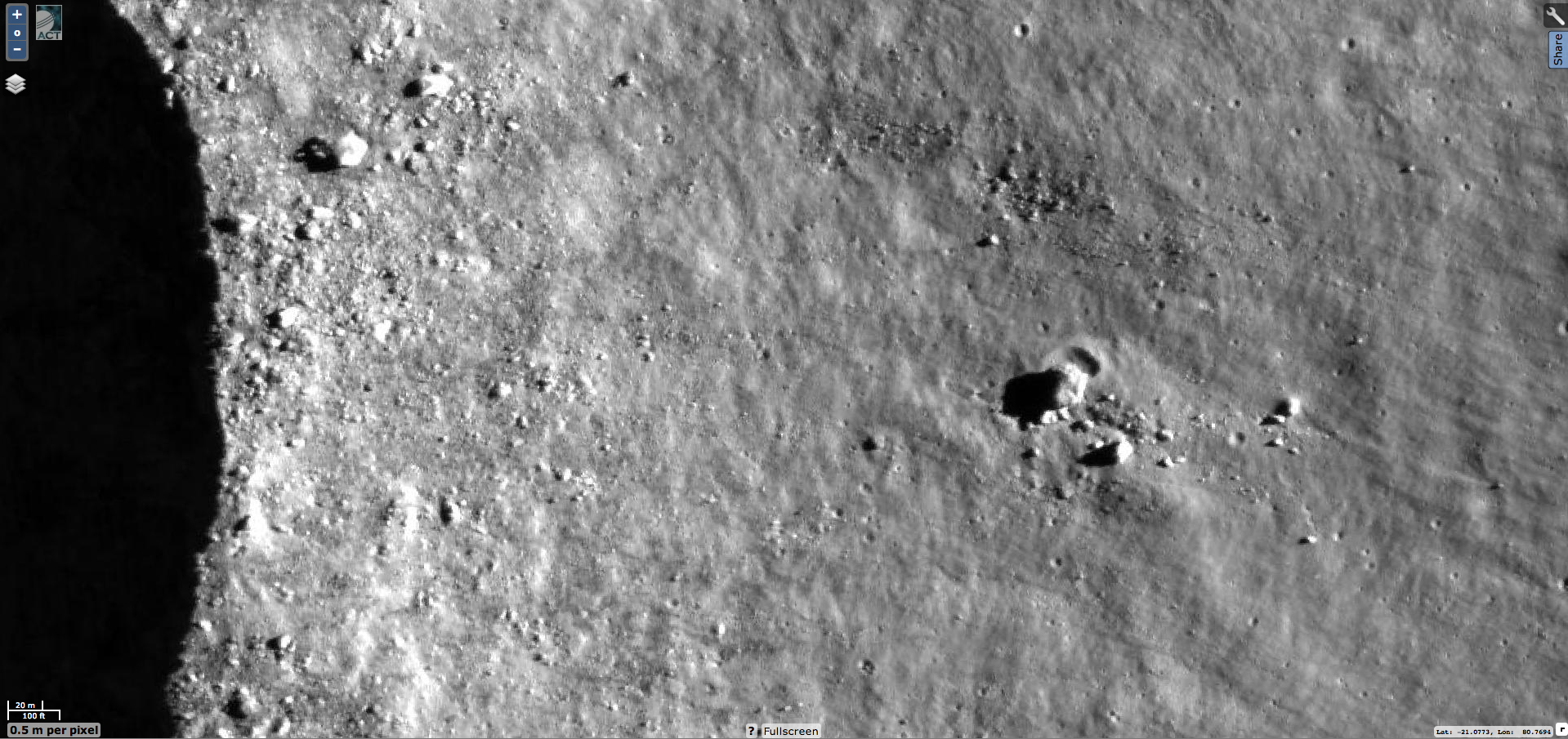
Try it yourself here
9 out of 10 times the people who complain about "blurry images" just are unaware of how to get sharp ones.
edit on 29-7-2014 by JadeStar
because: (no reason given)
originally posted by: JadeStar
I'm formally calling on the ATS anomalies community to get on board with this. The professionals see value in what you are doing and rather than see you all as lunatiks (pun intended ) they see you as potential peer co-discoverers.
I respond to your call at arms, JadeStar.
I've already found some anomalies right in the image posted by Rob48.
A perfect parallel Band of Holes at the top of the hill in the image.
Colored in green
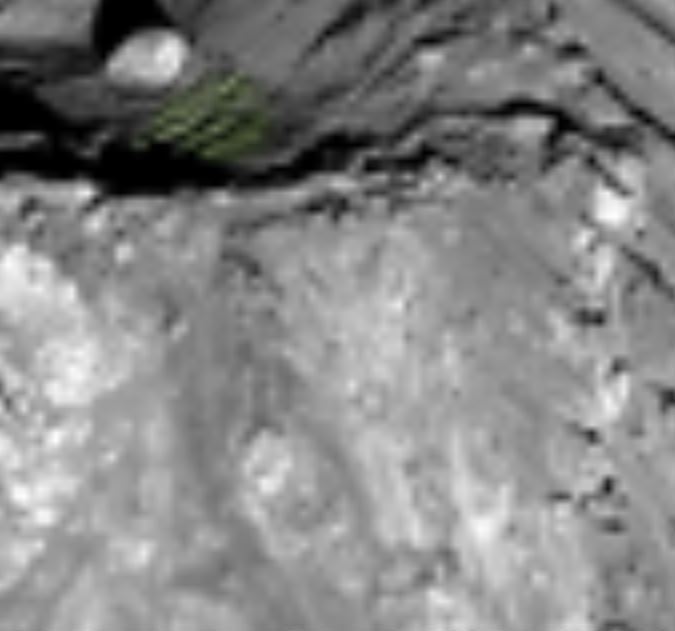
And these squared structures: A Platforn with a strange like disk shape upon it...

S&F.
edit on 29-7-2014 by Arken because: (no reason given)
originally posted by: D0MiNAT0R 1OOO
a reply to: JadeStar
The LRO Narrow Angle Camera (NAC) imagery is amazing detailed with images with resolutions of up to of 50 centimeters per pixel.
I just looked on LROC (LRO/LROC Target Observation Request)
An the max.Resol. we people get from them is 250 m/pixel.
IMHO absolutely outrageous.
No, across most of the moon you can get down to 1 metre or 50 centimetres per pixel.
Here, I just randomly zoomed in on Tycho: 1 metre per pixel, and there's still one zoom level to go:

originally posted by: Arken
originally posted by: JadeStar
I'm formally calling on the ATS anomalies community to get on board with this. The professionals see value in what you are doing and rather than see you all as lunatiks (pun intended ) they see you as potential peer co-discoverers.
I respond to your call at arms, JadeStar.
I've already found some anomalies right in the image posted by Rob48.
A perfect parallel Band of Holes at the top of the hill in the image.
Colored in green
S&F.
Good call. Did you highlight that yourself or was there a highlight already on it?
Keep searching You're doing great.
originally posted by: Arken
originally posted by: JadeStar
I'm formally calling on the ATS anomalies community to get on board with this. The professionals see value in what you are doing and rather than see you all as lunatiks (pun intended ) they see you as potential peer co-discoverers.
I respond to your call at arms, JadeStar.
I've already found some anomalies right in the image posted by Rob48.
A perfect parallel Band of Holes at the top of the hill in the image.
Colored in green
S&F.
You can get a closer look on the quickmap! Not from the same angle, but here it is:

LINK TO MAP.
new topics
-
Trump formally clinches Electoral College victory
2024 Elections: 4 hours ago -
Elon Musk has Meeting with Nigel Farage at Mar-a-Lago
Regional Politics: 8 hours ago -
What's the buzz
General Chit Chat: 8 hours ago -
Was Biden's Mass clemency and pardons one last cash grab?
US Political Madness: 8 hours ago
top topics
-
Trump formally clinches Electoral College victory
2024 Elections: 4 hours ago, 11 flags -
Was Biden's Mass clemency and pardons one last cash grab?
US Political Madness: 8 hours ago, 9 flags -
What's the buzz
General Chit Chat: 8 hours ago, 8 flags -
New job to help stop school shootings
Social Issues and Civil Unrest: 14 hours ago, 5 flags -
Elon Musk has Meeting with Nigel Farage at Mar-a-Lago
Regional Politics: 8 hours ago, 4 flags
active topics
-
School shooting in Madison Wi.
Social Issues and Civil Unrest • 63 • : TruthJava -
Remember These Attacks When President Trump 2.0 Retribution-Justice Commences.
2024 Elections • 112 • : WeMustCare -
Elon Musk has Meeting with Nigel Farage at Mar-a-Lago
Regional Politics • 4 • : CriticalStinker -
Trump Cancel trip to New Jersey because of drones
Aliens and UFOs • 44 • : DaydreamerX -
Drones everywhere in New Jersey ---and Elsewhere Master Thread
Aliens and UFOs • 199 • : xuenchen -
Could rampant land speculation have caused the Civil War?
History • 38 • : Solvedit -
New job to help stop school shootings
Social Issues and Civil Unrest • 20 • : lilzazz -
What's the buzz
General Chit Chat • 15 • : lilzazz -
Quantum Computer’s, Plasmoid’s, & UAP’s
Aliens and UFOs • 21 • : ARM19688 -
Is this really what is going on?
General Conspiracies • 48 • : Y3K89
